|
At the start of our visit at Ryewater Nursery in June we were allowed into the tropical butterflies breeding room, door closed to prevent any escapees, where Ed Whittingham explained the breeding life cycles of these beautiful exotic butterflies as they whirled around us amongst their favourite food plants. These butterflies are specially bred for butterfly world garden centres around the country and so it was fascinating to see them at this early stage. Uniquely the population of butterflies in the greenhouse are self-sustaining.
Under construction is a lake which will become a reedbed for warblers. It has a raised plank path 'sweetway' leading to and from a reed-roofed building housing a 6,000 year old bog oak sculpture. Ryewater is a stunning haven for wildlife, not open to the public, unless for small groups by pre-arrangement and their full time ecologist Wren Franklin showed us round. Areas for ecological nurturing such as a pond with protective hedgerows for great crested newts and a rounded, ancient looking cool house to encourage nesting bats were complemented by large sculptures and artfully designed structures embedded into the landscape. Here was a land that was bursting at the seams with wildflowers and habitats for wildlife, to protect their way of life with a creative passion that was so unusual to see. We felt very fortunate to have spent half a day there. We were very fortunate with our visit to Martin Down and Vernditch Chase. Sunshine and dry weather with only a light breeze were ideal condition for seeking out butterflies and not only did we see a long list of species, we saw many of them in good numbers. Once we had achieved a safe crossing of the A354, we were soon amongst the butterflies, especially Gatekeepers, which were nectaring on the brambles in the sheltered track heading north towards the old Roman Road. The latter was covered with flowers which were attracting Meadow Browns and Marbled Whites. Following the track through the banks of scrub we found further areas with rich herb floras and plenty more butterflies. As well as the brambles, thistles, scabious and ragwort were favoured by the butterflies but some of the more exciting species, such as Dark Green Fritillaries and White Admirals were much more mobile but still relatively easily viewed. After a lunch break on a very pleasant sunny bank overlooking a swathe of flowers, we pressed on into the woodlands proper of Vernditch Chase in search of the last few target species. We eventually were lucky enough to find one large, sheltered bramble clump in full sun and here had good views of the handsome Silver Washed Fritillary as well as Large Skippers which had until then eluded us. Our final butterfly species list for the outing was:
On Wednesday 19th July a group of 13 people set off at dusk from the Turf Hill car park in the New Forest near Woodfalls on a beautiful, still night to listen for churring Nightjars.
After about an hour, when the sun had gone down, a distant churring was heard, followed by another in a different direction. In all some people heard three different Nightjars and one was seen flying from a stand of trees to another tree. It would have been lovely to hear them closer but it was a surreal experience enjoyed by all. Debbie Carter Debbie Carter has organised this trip to hear Nightjars in the New Forest. If you've not yet signed up, please let us know by the email* mentioned in Dick's monthly newsletter or use the Contact form. The committee have access to this gmail account, so please use it because we're trying to ease Dick's Treasurer admin workload!
[*Editor: I have removed the precise details of this email because we have begun to receive Spam on the account.] Meet at the Nadder Centre, Weaveland Road car park to set out at 7:45pm or at the Turf Hill car park ( OS Grid reference SU 212 176) just west of the B3080 at Hale Purlieu, Fordingbridge SP6 2NT at approximately 8:30pm. No dogs. Editor's Note: Please note the meeting time is earlier than the Field Trip Details pdf which was uploaded in April. An updated version will be put on the website. Distance, Difficulty and Footwear: we shall be walking from the car park for about ½ mile, 15-20 minutes or so. This is easy walking on a rough but level gravel track to where the Nightjars are in the trees near a row of pylons. As we shall be starting at dusk and returning to cars in the dark, you need to bring with you a good torch. I was walking a butterfly transect in a local wood recently when I disturbed a buzzard which flew off deeper into the trees. Continuing along the grass path, I noticed a brown lump ahead of me and through my binos I saw that this was another buzzard crouched down on the ground. Cautiously approaching, I realised that the bird wasn’t going to fly off, so I was able to get right up close to take these pictures. I guess that it was a youngster, not all that long fledged and not a confident flier that the parent that I had seen previously was keeping an eye on. The youngster seemed focussed on trying to scare me off by looking impressive with its full wingspan and a bit of hissing but making no effort to fly off.
After taking these pictures I left him in peace and hope that he was able to fly off in due course. Andrew Graham Come and join us on Sunday 9th July for a stroll through Vernditch Woods and across Martin Down National Nature Reserve with the knowledgeable butterfly enthusiast Andrew Graham. Please send a message via the Contact form.
If weather permits, the focus will be on butterflies but there will be ample opportunity to look at the flora as well. No dogs. Meet at the Nadder Centre car park at 11:00am or at the Martin Down car park, SP5 5RQ beside the A354, at roughly 12:00pm. Distance, Difficulty and Footwear. Approximately 4km/2.5 miles on flat, mainly grassed, paths and tracks. Stout shoes should suffice unless wet. Bring a packed lunch and refreshments. There are more than 35 native species of fern growing in the UK, some of which can be found locally, such as maidenhair spleenwort and hart’s-tongue fern. However, the most easily recognisable is bracken, which by July has grown to its full height, up to six feet tall.
Its name originates from the Old Norse and even today the Swedish use the word ‘braken’ meaning fern. Bracken grows where the soil is rich and has a close association with woodland, so often on hillsides and moors, for example, bracken betrays the past existence of woodland. I recently visited the Welsh island of Skomer and observed how bracken is widespread there. There aren’t any trees on the Island and have not been for many hundred of years. Other woodland indicator species there include carpets of bluebells and wood-sage. Individual bracken plants have been known to cover as much as 3 acres, because the rhizomes (creeping underground shoots) spread over a wide area at a speed of over a metre per year. If uncontrolled, bracken can dominate the ground flora, build up a thick mat of dead material, and restricts grass available for animals. But where grazing animals keep paths open it can be an important butterfly habitat. For example, on lower slopes of Dartmoor, it is the last refuge for several rare species of butterflies including the high brown fritillary, small pearl-bordered and pearl-bordered fritillaries which needs dog violets growing in these sunny warm areas. Bracken is normally avoided by animals, but if short of other food and forced to consume it, it can cause cancer. The spores are also poisonous, so bracken is best avoided in the late summer, when they are released. Also, bracken stands are the ideal habitat for sheep ticks, so beware! by Andrew Graham |
Photo: Avocets (Izzy Fry)
The headers display photos taken by our members. Do get in touch via the Contact Form if you'd like to submit a photo for selection.
Archives
May 2024
Categories
All
|
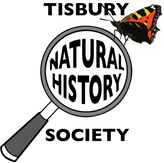
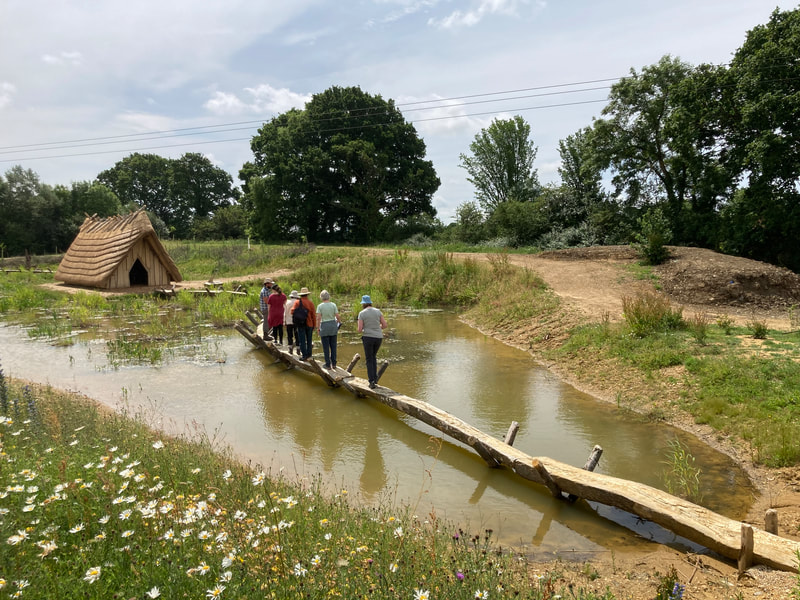
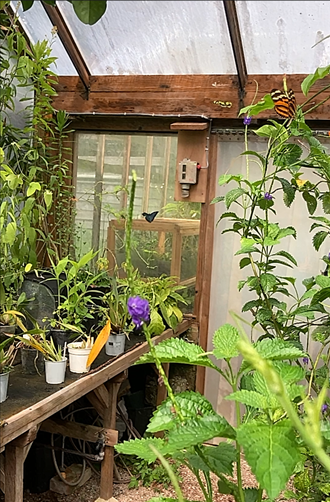
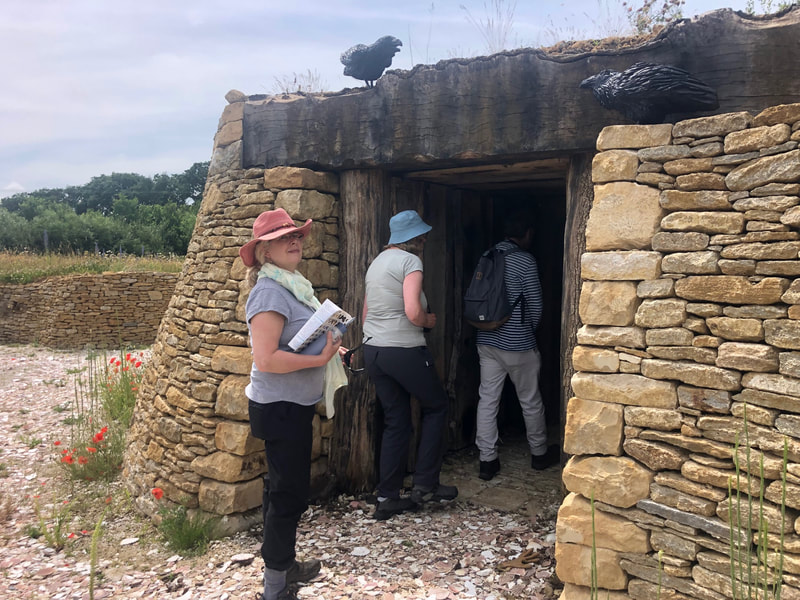
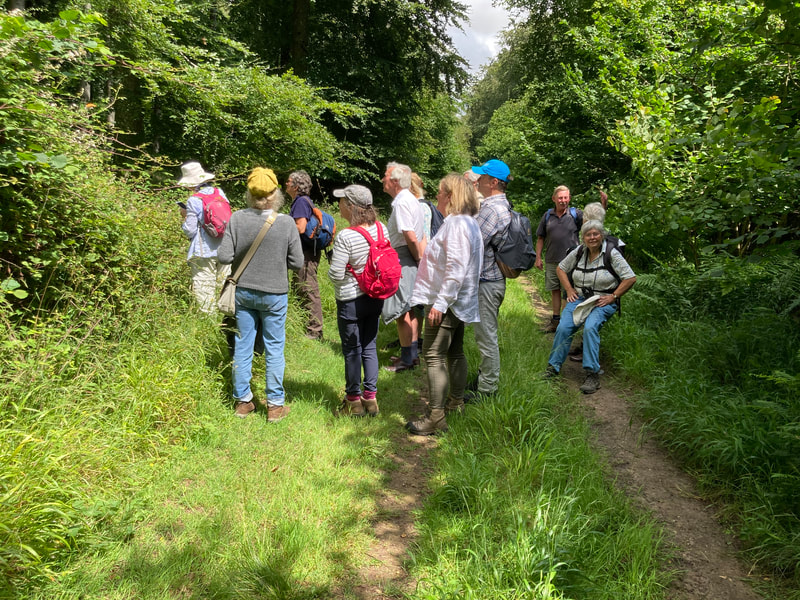
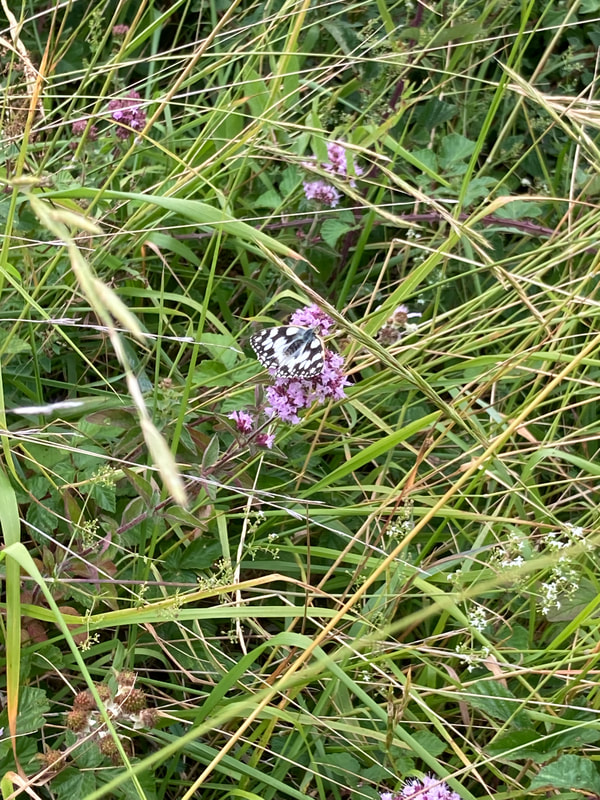
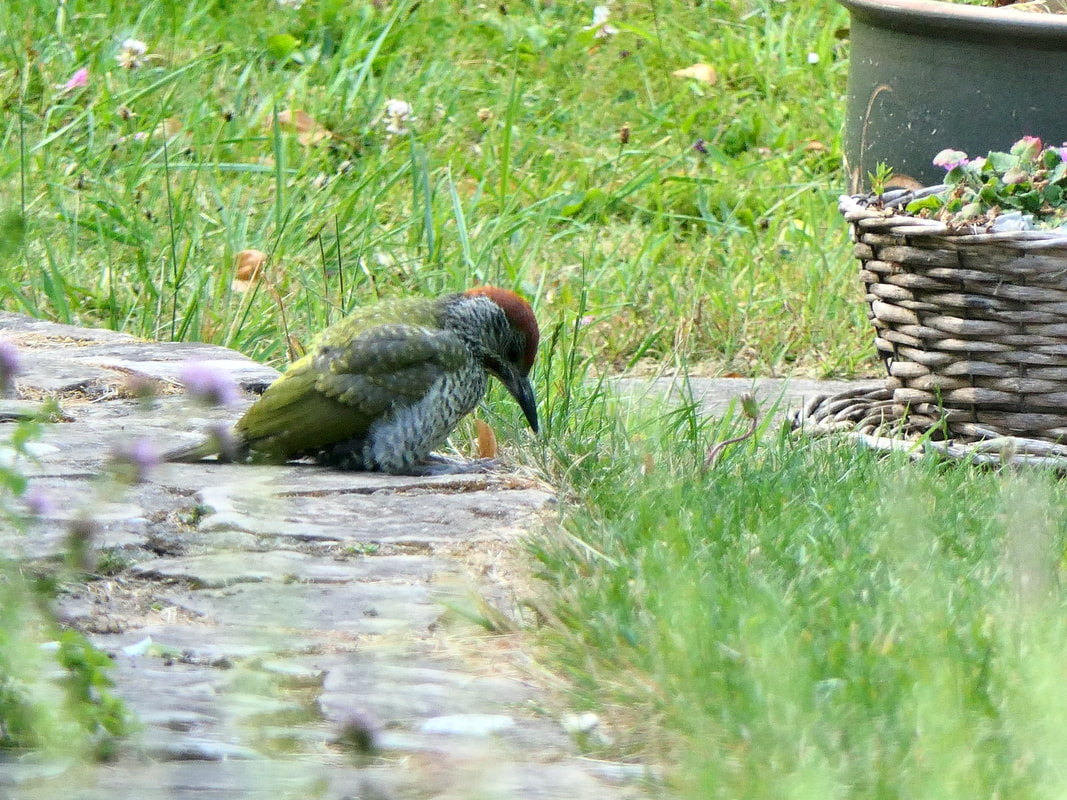
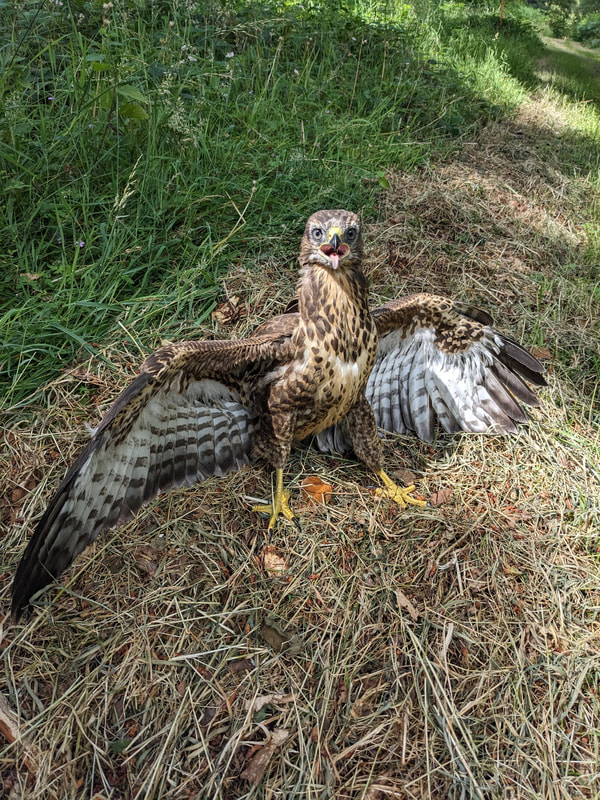
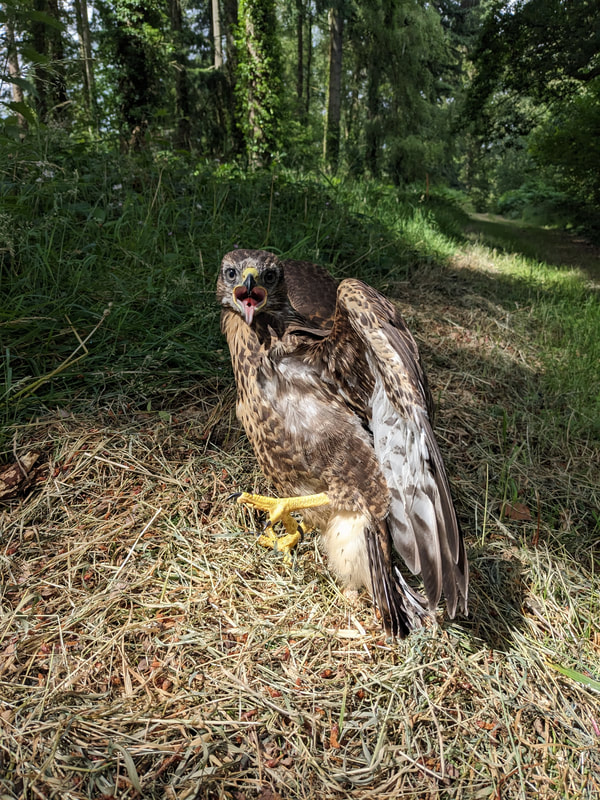
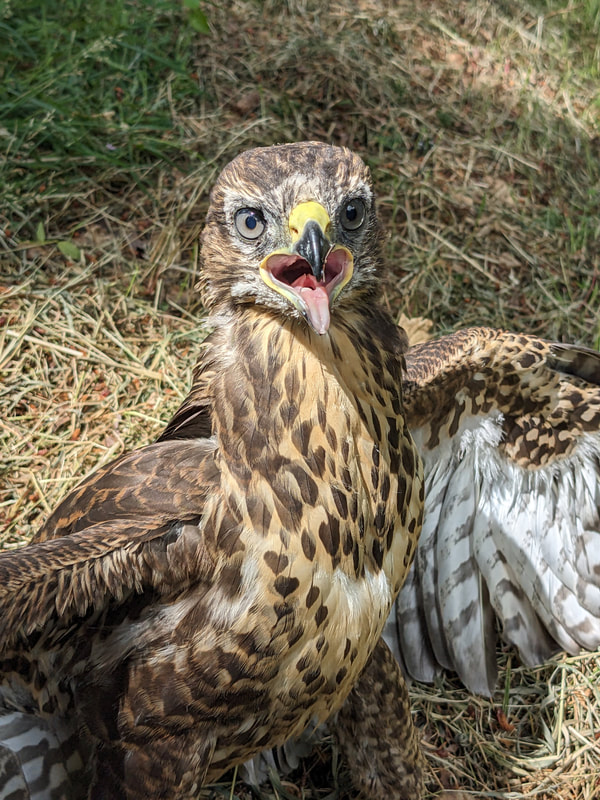
 RSS Feed
RSS Feed